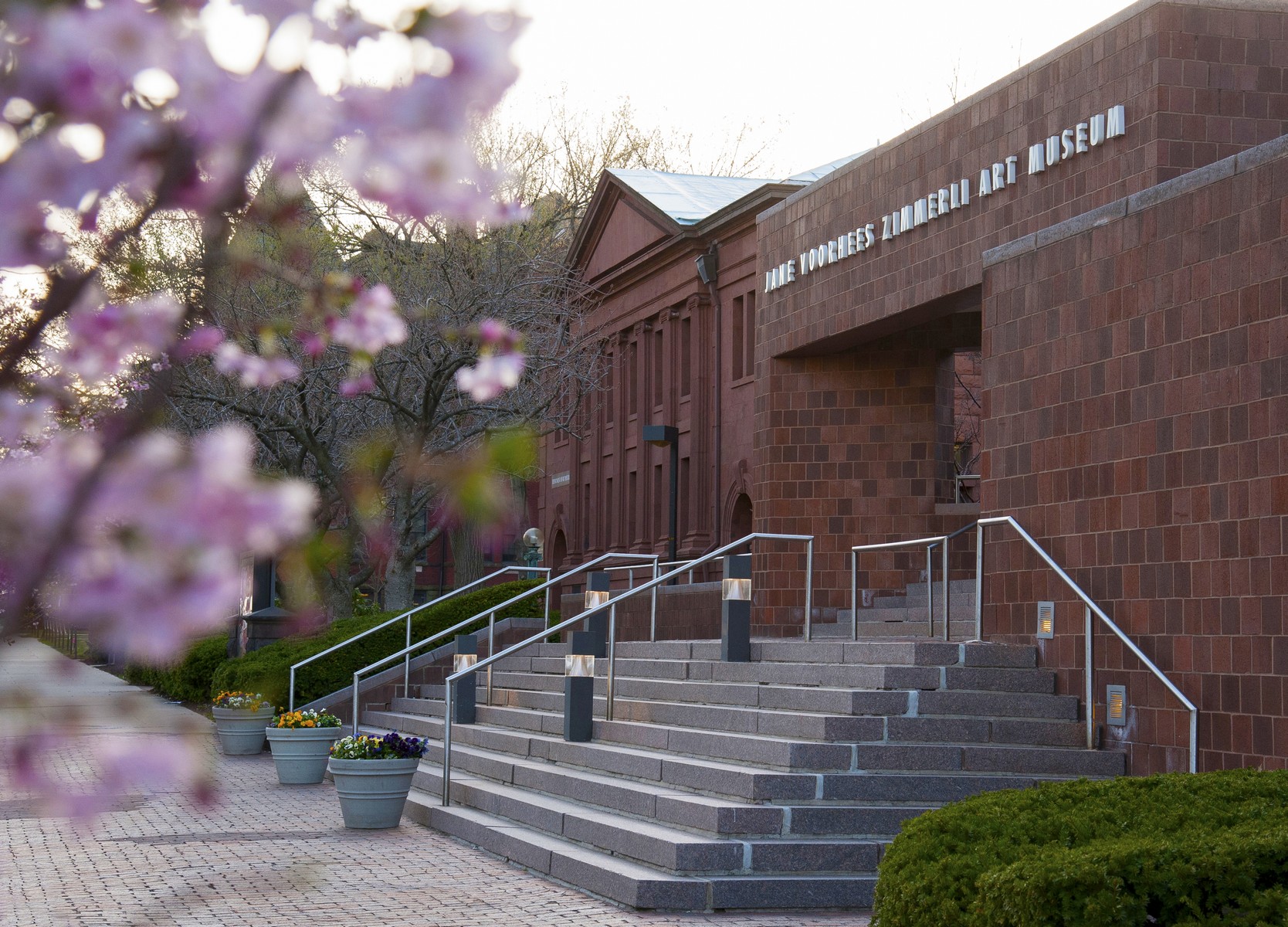Jan 20 2018 - Jul 29 2018
Zimmerli Art Museum at Rutgers University
New Brunswick, NJ
Invented in Munich in 1796, the new printmaking medium of lithography introduced a simpler, faster, and more economical means of producing all types of printed matter. This exhibition of more than 120 works, almost exclusively chosen from the Zimmerli Art Museum’s rich collection of 19th-century French graphic arts, presents a survey of French lithography from its establishment in Paris around 1815 through the end of the nineteenth century.
By the 1820s, Paris had emerged as a major center of artistic lithography as the medium was taken up by both established and rising artists, including Horace Vernet, Nicolas Charlet, Théodore Géricault, and Eugène Delacroix.
Their example inspired an ongoing development of the creation and production of lithographs by French artists, printers, and publishers which culminated in the 1890s with large color lithographic posters by such artists as Jules Chéret and Henri de Toulouse-Lautrec.
Credit: Exhibition overview from museum website.
Image: Fernand Gottlob, 2e Exposition des Peintres-Lithographes, 1899; Color lithograph on paper. 44 ⅛ x 29 ⅛ in. (112 x 74 cm). David A. and Mildred H. Morse Art Acquisition Fund 82.022.001; Photo Jack Abraham
Exhibition Venues & Dates
Jan 20 2018 - Jul 29 2018
Zimmerli Art Museum at Rutgers University
New Brunswick, NJ

